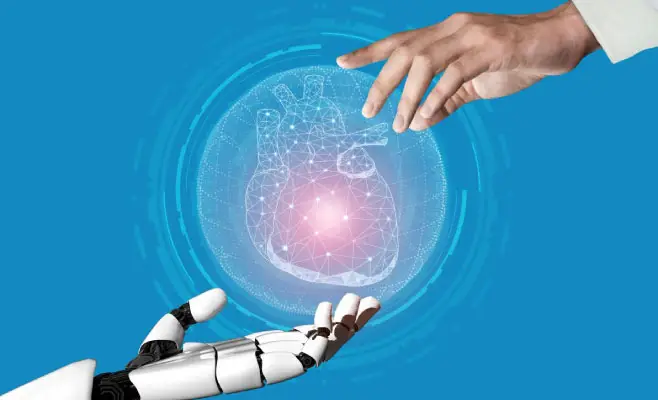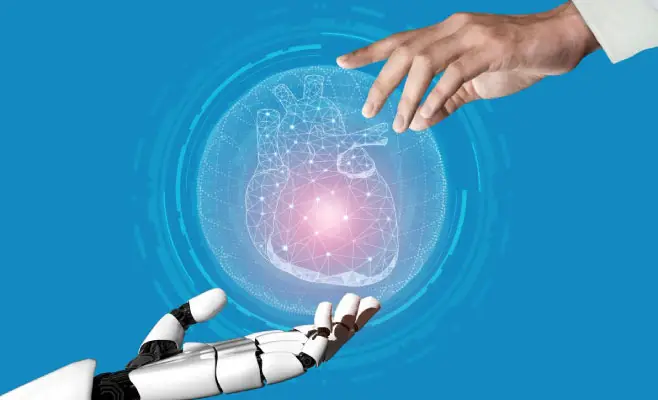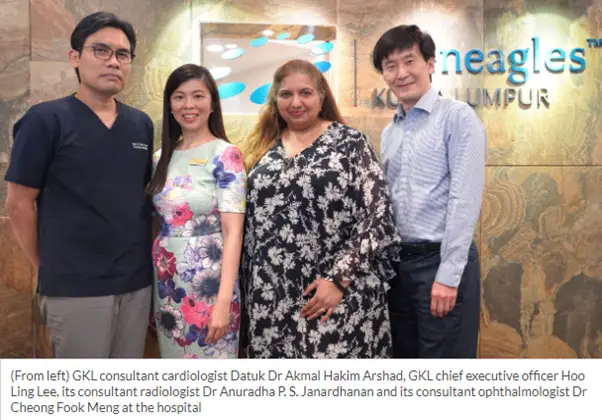

The application of Artificial Intelligence (AI) in the healthcare industry is growing. There is enthusiasm that it can offer huge improvements in all areas of healthcare from diagnostics to treatment.
The AI-based technologies are expected to affect not only patient care but also enhance the work of healthcare professionals and other medical staff.
In fact, most healthcare organisations facing challenges relating to the changing demographics, administrative needs, increasing morbidity, advancement in information technology, as well as workforce shortages have moved towards using AI to realise affordable medical interventions and offer improved patient outcomes.
According to Gleneagles Hospital Kuala Lumpur (GKL) chief executive officer (CEO) Hoo Ling Lee, “The value of embracing AI technology in healthcare settings is promising and its potential to transform the way healthcare is delivered is diverse.
“The healthcare industry is one of the most data-intensive sectors, generating vast amounts of data every day. The use of AI technology can help healthcare professionals analyse our data quickly and accurately, leading to better patient outcomes and improved efficiency.
“With early detection, healthcare providers can take proactive measures to prevent or manage the disease, leading to better patient outcomes and reduced healthcare costs for patients.”

Hoo added that there are many AI-based technologies to assist healthcare professionals in their work, such as for chest X-ray and CT brain imaging reporting, retinal image analysis, and a fully automated echo reporting ultrasound tool with disease detection software for use with cardiology-specific conditions.
GKL was recently awarded with Medical Technology - Healthcare Accolade at Malaysia Technology Excellence Awards for the successful adoption of Robotic Process Automation (RPA) to address critical challenges in hospital bill payments and streamline its finance operations.
The advantages of AI in healthcare
According to GKL Department of Ophthalmology’s clinical head and consultant ophthalmologist, Dr Cheong Fook Meng, there are various benefits attributed to using AI for eye scan, detection of retinal diseases and related analysis to protect vision of patients.
Dr Cheong explained that such technology could help in various ways:
> Early detection and diagnosis: AI image analysis algorithms can detect early signs of eye diseases such as diabetic retinopathy and age-related macular degeneration as well as identify risks of glaucoma. These are three of the most common causes of irreversible vision loss.
Early detection and treatment can prevent or reduce visual function loss. Hence, it results in better patient outcomes.
> Personalised management: AI technology can analyse retinal images and provide clinicians with customised management recommendations for each patient, based on the eye condition and severity of the disease.
> Improved accessibility and efficiency: AI analyses can process large volumes of retinal images rapidly, reducing the time and cost required for manual evaluations by trained specialists.
It is an effective tool for large scale screening, providing access to a greater cross-section of the community.
> Accuracy: Extensive AI learning from millions of retinal images correlated with clinical data sets has resulted in a system that is highly sensitive and specific for detecting retinal diseases. The accuracy of AI image analyses has been tested and compared favourably against highly experienced retinal specialists.
> Consistency and objectivity: AI analyses have been proven to provide consistent diagnoses and staging of disease severity against different retinal specialists and over time. AI algorithms are not influenced by subjective interpretations or bias, leading to more consistent diagnoses and grading of disease severity compared to conventional interpretations by human observers.
> Speed and efficiency: Automated AI image analyses can process retinal images much faster than humans, which reduces the time and cost required for manual screening of conventional images by ophthalmologists. Large volumes of retinal images can be analysed rapidly, allowing a higher and faster through-put of patients undergoing health screening.
Meanwhile, the hospital’s consultant cardiologist, Datuk Dr Akmal Hakim Arshad, shared that there is also an AI assisted echocardiogram - a portable handheld device that is integrated with AI software.
“This device is capable of visually guiding the end-user to the correct point for an optimal window of the heart, along with auto-capturing capabilities and an AI automated measuring and reporting system.
“This AI-assisted device would improve the point-of-care testing (POCT) of patients, with the device being able to detect various structural and functionality diseases with an accuracy of 97%.”
Dr Akmal Hakim said further: “The Echo AI will have an impact in the rapid assessment and rapid detection of potential cardiac events while shortening the wait time required for an echo.
“These various benefits in turn would impact and improve patient outcomes at a hospital."
The hospital’s radiology department head and consultant radiologist, Dr Anuradha P. S. Janardhanan shared her insights on the use of AI in radiology and how it could be beneficial to patients and hospitals.
She said that, “Personally, I see AI as a revolutionary type of supportive technology that can aid in image interpretation, improve accuracy, increase efficiency and possibly reduce workload as well, with the ultimate goal of improving patient outcomes.
“While AI cannot replace the expertise of a radiologist, it can be used to identify potential abnormalities, providing quantitative measurements and reducing time spent on routine tasks, in order to allow radiologists to focus on more complex cases and clinical decision making.”
Dr Anuradha elaborated, “Also, by leveraging deep learning techniques and large datasets, AI systems may identify patterns and potential areas of concern that could possibly be overlooked by radiologists. This can lead to more accurate diagnoses and improved patient outcomes.
“Another benefit of this system is its ability to pick up and flag abnormal studies, especially in the setting of multiple scans / radiographs that a radiologist will have to read/report in health screening centres, in order for the radiologist to report these cases early and refer them to the necessary clinical specialty.
“Early referrals in these cases will, again, lead to early intervention and better patient outcomes.”
Additionally, she said that “the hospitals benefit in terms of increased efficiency, where AI algorithms can process and analyse medical images much faster than humans, reducing the time required for radiologists to interpret results.”
“This can lead to quicker diagnosis, shorter wait times for patients and improved workflow within the hospital.
“It is important to note that AI is here to stay and will likely play a significant role in radiology in the future.
“We should be open to exploring its benefits and limitations, while actively trying to integrate AI into our daily practice in order to improve our efficiency, accuracy and ultimately, patient outcomes.”
The original article can be found on the : https://www.thestar.com.my/news/nation/2023/05/27/ai-for-better-patient-outcomes-and-enhance-efficiency

Wait a minute

Wait a minute